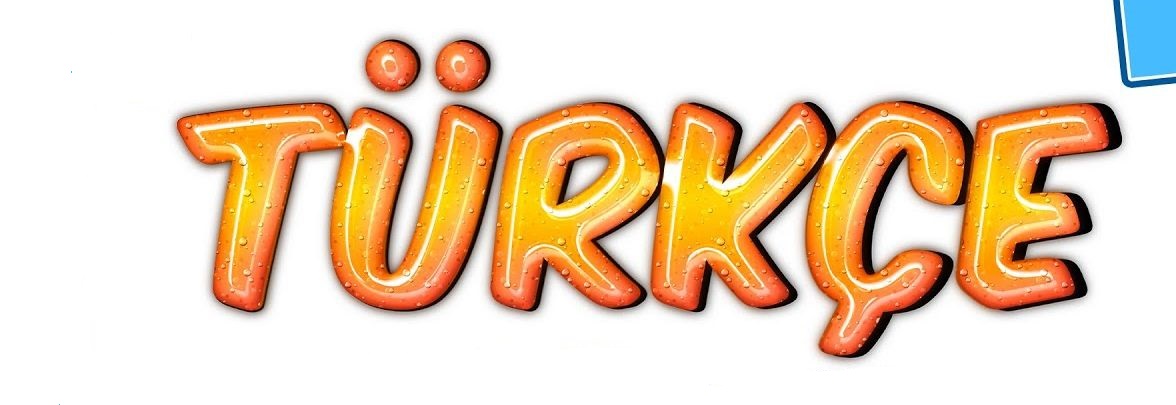
Most of the Turks You Will Meet – Crew Members, Hotel & Restaurant Staff, Shop – Keepers Will Speak At Least Some English, and Many Will Be Fluent.
| English | Turkish |
| Hello | Merhaba |
| How are you? | Nasilsiniz? |
| I am fine | Ben iyiyim |
| Yes | Evet |
| No | Hayir |
| Thank you | Tesekkur Ederim |
| Please | Lutfen |
| Excuse Me | Affedersiniz |
| When? | Ne Zaman? |
| How? | Nasil? |
| Why | Nicin? |
| What? | Ne? |
| Who? | Kim? |
| Good | Iyi |
| Bad | Kotu |
| Very | Cok |
| Do you speak English? | Ingilizce biliyormusunuz? |
| I don’t understand | Anlamadim |
| I understand | Anliyorum/Anladim |
| I want | Istiyorum |
| A double room | Cift yatakli bir oda |
| A single room | Tek yatakli bir oda |
| What is a room rate per night? | Bir gecelik oda ne kadar? |
| Cheap | Ucuz |
| Expensive [very expensive] | Pahali [cok pahali] |
| Where is the nearest bank? | En yakin banka nerededir? |
| Can you exchange my traveller’s check, please? | Seyahat cekimi bozabilirmisiniz, lutfen? |
| How long will it take? | Ne kadar surer? |
| Give me the check, please | Hesabi verirmisiniz |
| Where is the rest-room? | Tuvalet nerede? |
| Call a doctor | Doktor cagirin |
| Call the police | Polis cagirin |
| It is an emergency | Cok acil |
| New Friends | Yeni Arkadas |
| What’s your name? | Adiniz ne? |
| My name is… | Benim adim… |
| Where are you from? | Nerelisiniz? |
| Are you alone? | Yalniz misiniz? |
| Are you married? | Evli misiniz? |
| Where’s your hotel? | Oteliniz nerede? |
| What kind of music do you like? | Ne tur muzik seversiniz? |
| What do you like doing? | Nelerden hoshlanirsiniz? |
| Nice to meet you: | Memnun oldum |
| Would you like an icecream? | Dondurma ister misiniz? |
| No thanks | hayir, tesekurler |
| What are you studying? | Ne okuyorsun? |
| Let’s go and dance! | Hadi, dans edelim |
| Your eyes are beautiful | Gozlerin cok guzel |
| You dance so well | Mukemmel dans ediyorsun |
| I feel so close to you: | Kendimi sana yakin hissediyorum |
| I love you | Seni seviyorum |
| I love you too | Ben de seni seviyorum. |
| Don’t do that | Yapma! |
| No, not tonight | Bu aksam olmaz |
| Shopping | Alisveris |
| Do you take credit cards? | Kredi karti kabul ediyor musunuz? |
| I’m just looking | Yalniz bakiyorum |
| That’s too expensive | cok Pahali |
| What’s Your Best Price? | Son Fiyatiniz ne? |
| Can I try this on? | Bunu deneyebilirmiyim? |
| A larger / smaller size | Daha buyuk / kucuk beden |
| I don’t understand | Anlamiyorum |
| I don’t know | Bilmiyorum |
| Sunday | Pazar |
| Monday | Pazartesi |
| Tuesday | Sali |
| Wednesday | Carsamba |
| Thursday | Persembe |
| Friday | Cuma |
| Saturday | Cumartesi |
| How much is this? | Bunun fiyati ne kadar? |
| Goodbye | Hosca Kalin |